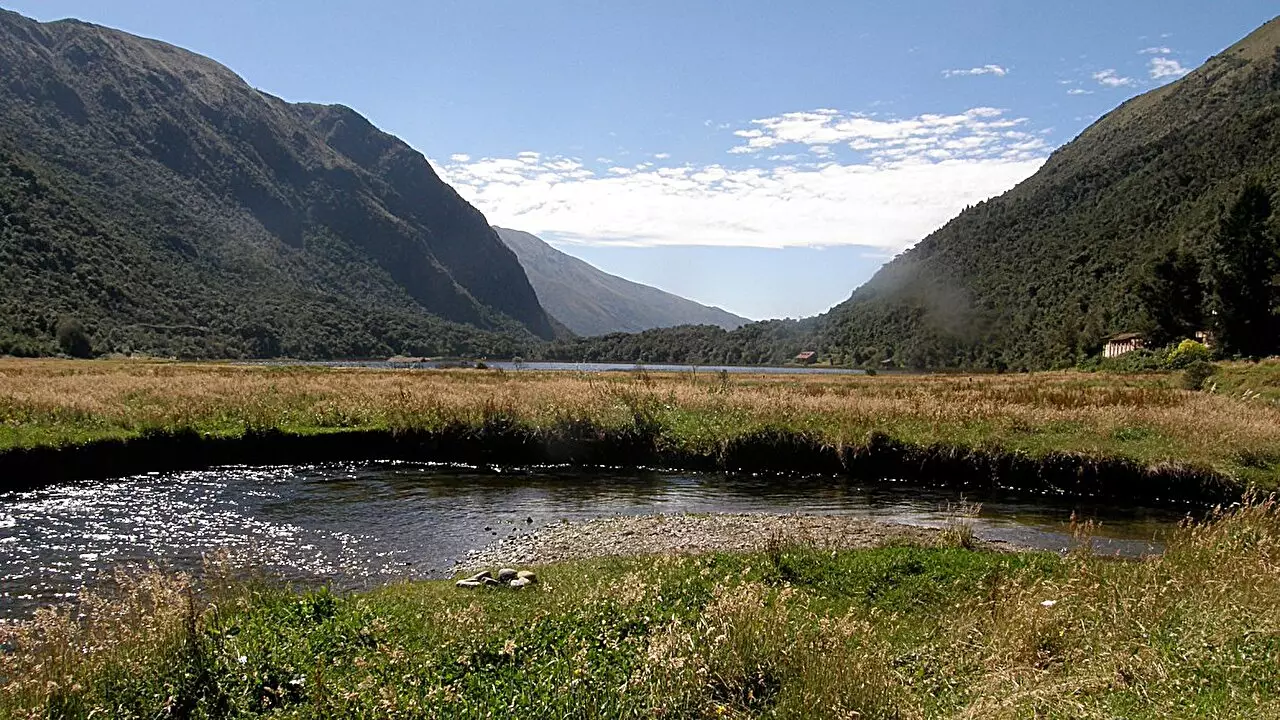A recent study conducted by researchers at Brown University delved into the ancient temperatures and rainfall patterns in the tropical Andes of South America. It revealed how climate history in this region over the past 16,000 years was influenced by carbon dioxide levels and ocean currents from global climate events.
The study, published in the Proceedings of the National Academy of Science, provides a detailed look at how factors such as carbon dioxide levels and ocean currents have shaped the temperature variations in the tropical Andes. This information can be crucial for predicting and mitigating future climate impacts in tropical regions globally.
One of the key findings of the study is the interconnectedness of regional climates with global climate changes. The researchers discovered that temperatures in the tropical Andes are significantly influenced by the Southern Hemisphere, particularly areas like Antarctica. This emphasizes the complex relationship between different parts of the world in shaping weather patterns.
Role of Carbon Dioxide
By analyzing sediment samples from Laguna Llaviucu in Ecuador, the researchers were able to track temperature variations in the tropical Andes over the past 16,000 years. The evidence pointed to carbon dioxide concentrations as the main driver of temperature fluctuations. The study found a clear correlation between temperature changes and carbon dioxide levels, highlighting the importance of the greenhouse gas in shaping global temperatures.
Another significant aspect of the study was the role of ocean currents in influencing temperature changes. During the Antarctic Cold Reversal 14,500 years ago, a strengthening of northward currents led to cooling sea surface temperatures in the south. This cooling effect extended to the tropical Andes, showcasing how distant regions can impact each other through ocean circulation.
To reconstruct past climate conditions accurately, the researchers analyzed lipid biomarkers and hydrogen isotopes from sediment samples collected at Laguna Llaviucu. These biomarkers provided insights into past temperatures and rainfall patterns, allowing the team to create a detailed timeline of climate changes over the past 16,000 years. It was the first time organic biomarkers were used to develop a quantitative climate history for tropical South America.
The study also highlighted regional differences in temperature patterns, with certain areas like the tropical Andes and Southeast Asia experiencing cooling during specific historical periods. These findings underscore the unique climate dynamics of each region and how local factors can counteract global climate effects to some extent.
The researchers at Brown University plan to further explore past temperature patterns in the tropical Andes to fill the historical gaps in climate records. As mountain environments are particularly susceptible to climate change, understanding ancient climate dynamics can provide critical insights into future temperature trends. With the rate of warming predicted to accelerate in high tropical mountains like the Andes, this research is essential for climate prediction and adaptation strategies.
The study sheds light on the intricate relationship between ancient climate patterns and current climate impacts in tropical regions. By unraveling the historical influences on temperature variations in the tropical Andes, researchers can better prepare for future climate challenges and develop effective mitigation strategies.


Leave a Reply